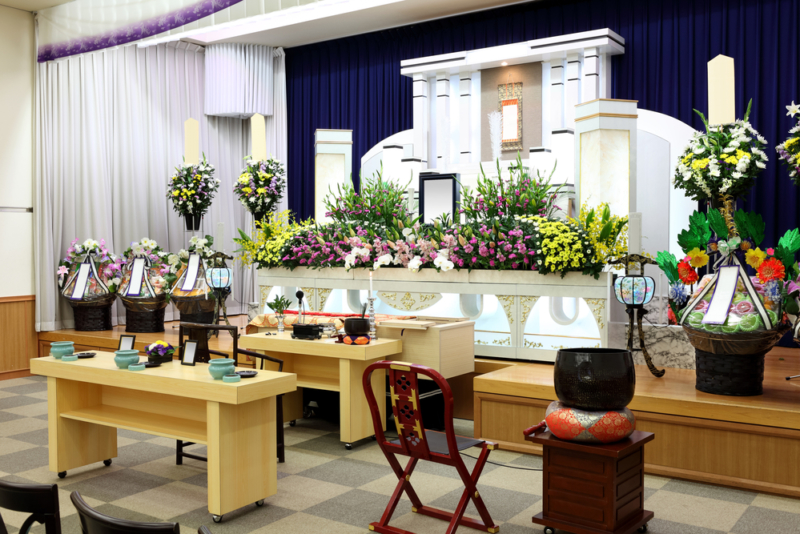Funerals in Japan are solemn occasions, during which Japanese people follow many practices in order to give the deceased a dignified send-off. Hence, when you are invited to a Japanese funeral, you may understandably be apprehensive of flouting any funeral etiquette if you are unsure of what to expect. In order to help you prepare for such an occasion, we have come up with a list of the following things you should know so that you will have a better understanding of what to expect, as well as the actions you may be expected to perform.
1. What to Wear to a Japanese Funeral

Since funerals in Japan are your opportunity to pay your final respects and say goodbye to the dearly departed, the somber color of black is the color of choice to demonstrate your respect for the deceased and his or her bereaved family. It is important to Japanese people that you put on your Sunday best, so men should come dressed in a crisp white shirt and well-starched black suit, with a black necktie completing the dignified look. Likewise, ladies should wear a non-revealing black dress, kimono, or suit. Also for the ladies: while you are not required to wear jewelry, it would be ideal for you to wear a string of pearls if you are the kind of person who likes to adorn your look with accessories. Pearls are considered the standard for Japanese funerals; many Japanese women like to wear one strand of pearls or even pearl earrings, as they are imbued with symbolism – the purity of the human spirit.
All other items that you bring to the funeral should be black as well, including umbrellas, briefcases, handbags, and shoes. In a nutshell, you should refrain from wearing anything bright or colorful that could distract other participants from the gravity of the Japanese funeral.
2. What to Bring to a Japanese Funeral

In times of grief, you will definitely want to give something to the family of the deceased as a way of showing your support and solidarity. Condolence money (koden) is a great choice, as Japanese funerals are pretty costly affairs. Take note that there is a special envelope in which you should put your condolence money, so be sure to purchase one at stationery shops, 100-yen stores, or even convenience stores. The correct envelope to get is a white one that has a black-and-white ribbon with the ends facing up. Never ever buy a red-and-white envelope – it is meant for celebratory occasions!
The envelope for koden comes with another envelope inside it; this is where you place your condolence money. As a rule of thumb, the closer you are to the deceased, the more money you may feel obligated to give, but anywhere between 5,000 yen to 30,000 yen should be an ideal budget. Since odd numbers are associated with inauspicious occasions, it is advised to give an odd-numbered amount. Also, avoid amounts of four at all costs because four in Japanese is pronounced as “shi,” which is the same pronunciation for death.
After putting money inside the inner envelope, you should ideally write down the amount of your condolence money on the front of the inner envelope, write your name and address on the back of the envelope, and then place it in the larger, decorated envelope. Specifying your personal details will go a long way towards helping the grieving family in keeping proper documentation of the monetary support they receive from well-wishers.

Additionally, it is customary to wrap your condolence envelope with a cloth called a “fukusa” so that it will not be bent or tainted with dirt. Black, brown, or purple fukusa are considered appropriate, and you can purchase them at department stores. There are specific rules regarding how to cover the envelope with the fukusa, so remember to consult a Japanese person if you are not sure how to wrap it.
3. What To Expect At The Wake (Otsuya)
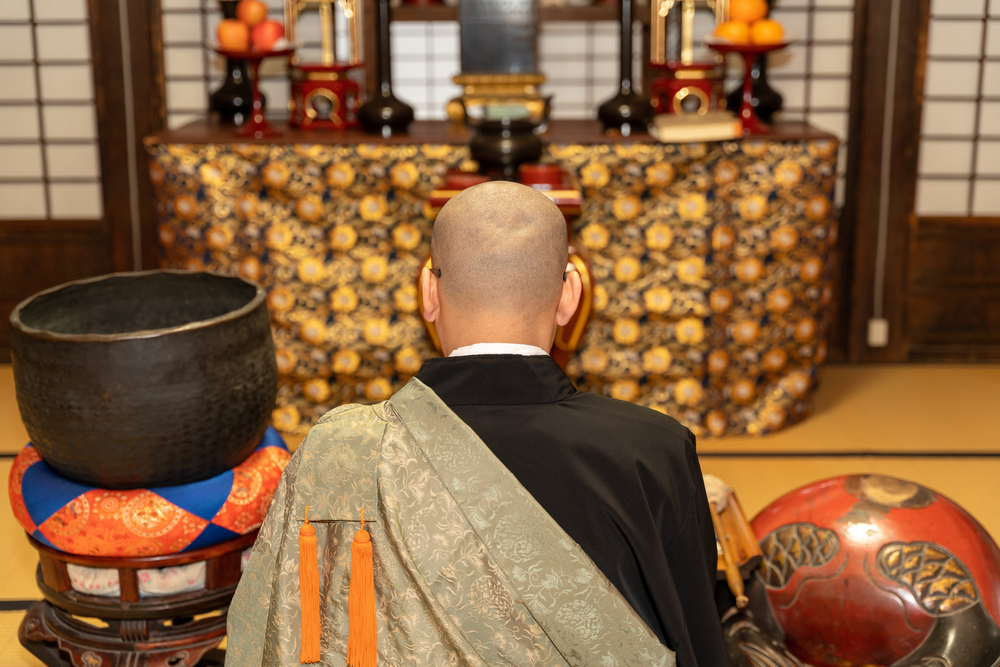
Japanese funerals are typically divided into two parts, the first of which is a wake (otsuya) that is held in the evening before the actual funeral. If you are a casual friend of the deceased, it is okay for you to just attend the wake and not the funeral. This wake brings together the deceased’s family, associates, and friends for a limited time (usually about 1-2 hours) and helps them momentarily manage their loss by listening to Buddhist monks chanting sutras. Do ask a mutual Japanese acquaintance of the deceased about the timing of the wake, as you will not want to come in the middle of the chanting and disrupt the proceeding of the wake.
When you arrive early at the venue of the wake, you will be automatically sorted into lines to pay your respects and express your condolences to the family. Depending on your relationship with the deceased, you will join either a line meant for family members or another line meant for school buddies, work colleagues, and even club mates. Here, some familiarity with Japanese characters will be useful as there will be signs labeled “Gokazokusama” (ご家族様) and “Goyujinsama” (ご友人様) for family and friends respectively. However, if you do not know much Japanese, do not worry, as the other attendees should be glad to point you to the right line if you ask them discreetly.
While you can leave the wake in the middle of the sutra chanting, it is not typical for Japanese people to do so. Hence, you will want to refrain from doing so in order not to draw unnecessary attention to yourself. The Buddhist monks will typically chant these sutras in loud and booming voices as they are meant to facilitate the deceased’s peaceful transition into the afterlife. Therefore, be prepared to listen to continuous chanting and plan to sit still and not fidget too much.
4. What To Expect At The Funeral Service
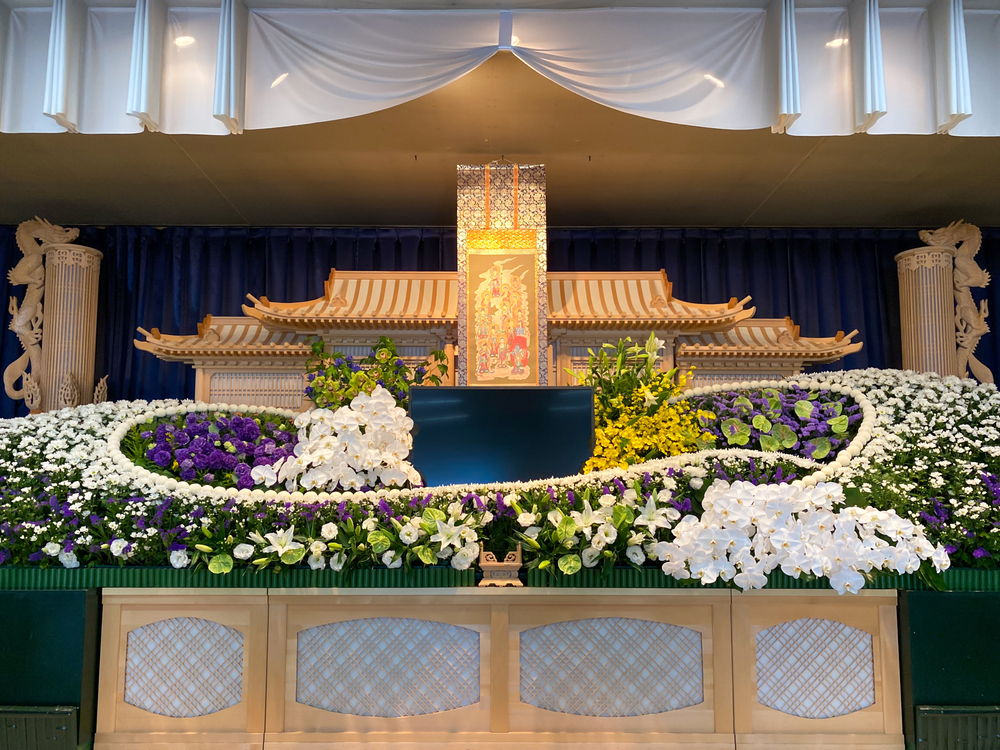
The funeral is typically held one day after the wake and involves more elaborate Buddhist funeral rites. If you attend the funeral, you will be requested to take part in various rituals as a way of honoring the deceased. One common ritual is the incense rite (oshoukou), which is undertaken to pray for the soul of the deceased. In order to carry out the incense rite, walk up to the altar, take a pinch of incense, and touch it to your forehead. You will then need to sprinkle the incense in a different bowl known as the “flame bowl.” Depending on the Buddhist sect that is performing the ceremonial rites, you may have to repeat this drill one or two more times.
In addition, you will be given a chance to view the body in the casket and say your final farewell at the end of the funeral service. There will be designated mourners who will pass you flowers (usually lilies and chrysanthemums) as you line up with the rest of the attendants to pay your last respects. When it is your turn, you can place the flowers in the casket. You may even write a short note beforehand that you can place it in the casket with your flower. However, if you are perhaps uncomfortable with approaching the casket, you can just watch the ritual silently at a distance. Should anyone approach you, you could excuse yourself politely by asking if you may “say goodbye to the deceased in your mind.” Although it is common for the Japanese to view the casket, you do not need to feel pressured into doing something that makes you feel uneasy.
5. What To Expect After The Funeral Service
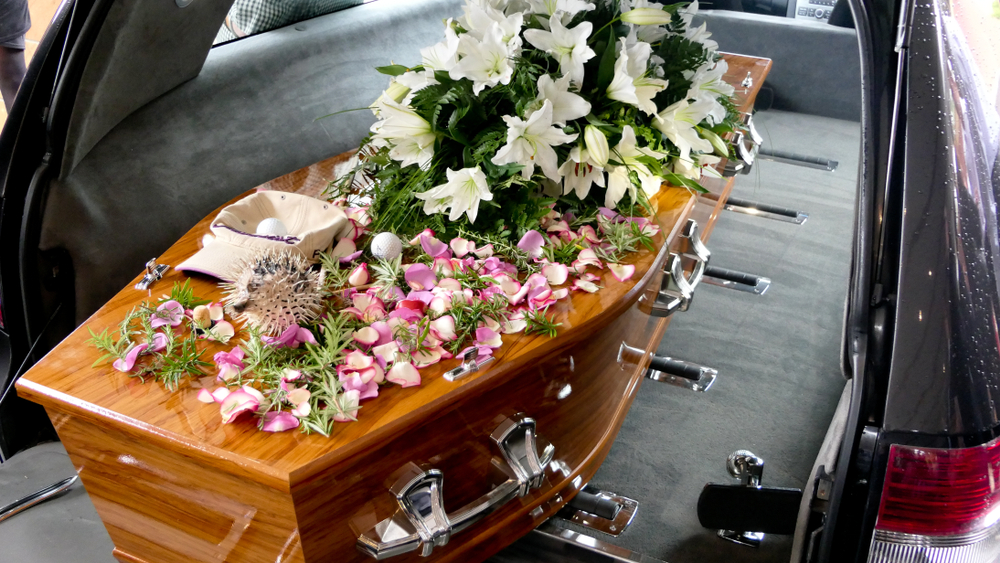
After the funeral service, it is time to pay a visit to the local crematorium as almost all Japanese people choose to be cremated upon death. At this point in time, the coffin will be moved to a specially-made hearse (reikyusha), which is usually a black limousine with an intricate Japanese-style roof design. Family members will take their seats in separate cars while relatives will be transported by bus. The cremation is a private occasion meant only for the family and relatives of the deceased, but if you are a very close friend of the deceased, you may wish to seek permission from the family so that you can follow along with them.
What may surprise you is that before setting off, the driver of the hearse will press the horn for a sustained 5-10 seconds as a way to show everyone that the deceased will soon take his or her leave from the earthly realm. If you come from a country in which funeral hearses herald the occasion silently, the loud blaring of the horn may be rather jarring to your senses, so it may be wise to mentally prepare yourself for this.
6. What To Expect At The Crematorium
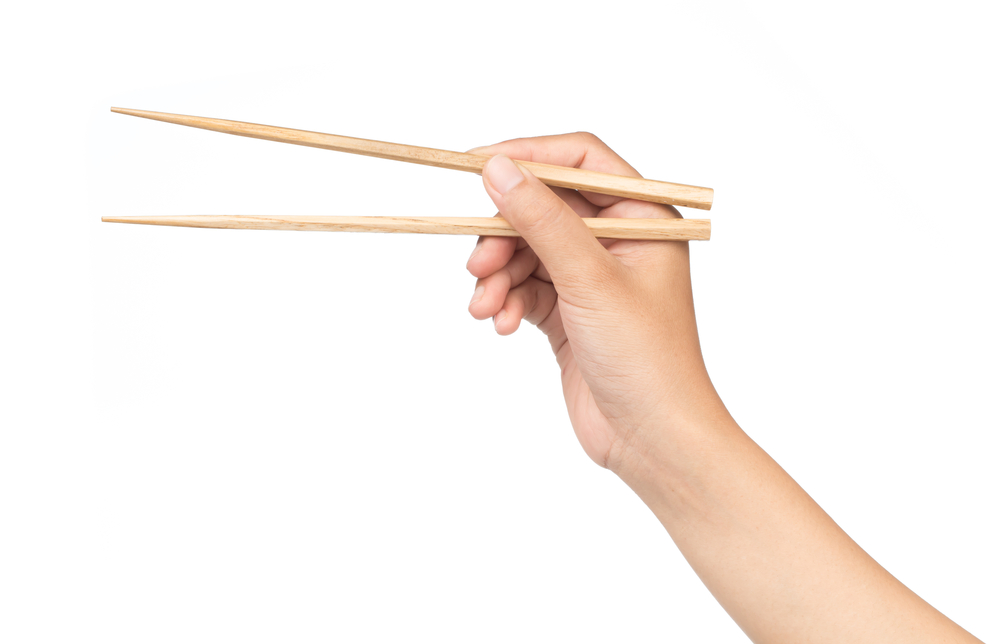
You may be married to a Japanese citizen, in which case the funeral you’re attending may be that of a family member. This means that your presence and involvement will be important at the crematorium. There, you will first wait with the rest of your Japanese family in a designated waiting room while the body is being cremated. When the cremation is finished, you will need to follow your family members and walk single-file into a room where the coffin has been taken from the furnace. Subsequently, you will be given a pair of special chopsticks and requested to pick a bone of the deceased from the coffin so that you can place it into an urn. When everyone has taken their turn, the crematorium staff will scoop the remaining bits and pieces into the urn, which is then sealed.
It is perhaps noteworthy to realize that in Japan, only the bones and not the ashes of the deceased are kept. This can come as a shock to you if your culture encourages the keeping of ashes as a means of gaining closure.
7. What To Do Before Returning Home

Regardless of whether you attend the wake or funeral or both, you will first line up and pass your condolence money to a designated receptionist before the wake or funeral proceedings. After that, he or she will present you with a bag known as the “kodengaeshi,” which contains salt, tea, and some snacks. In Japanese culture, the concept of reciprocity is paramount. Funerals are no different, and the kodengaeshi is like a return gift that conveys the bereaved family’s appreciation for your support during their time of loss. Make sure that you don’t forget about the salt, as you need to throw salt behind one of your shoulders to ward off spirits before you step into your house.
In Closing
Funerals mark an incredibly stressful period in the lives of people impacted by the death of their loved one. Therefore, having a good understanding of Japanese funeral etiquette will help to bring some comfort to the family of the deceased. Should you need to attend a funeral in Japan, ideally you may want to go with a mutual Japanese acquaintance of the deceased who can guide you through it. If not, we hope this guide was helpful in giving you enough direction that you are able to finish the ceremony fairly smoothly and pay your final respects.
Title image credit: akiyoko / Shutterstock.com
If you want to give feedback on any of our articles, you have an idea that you’d really like to see come to life, or you just have a question on Japan, hit us up on our Facebook!
The information in this article is accurate at the time of publication.
